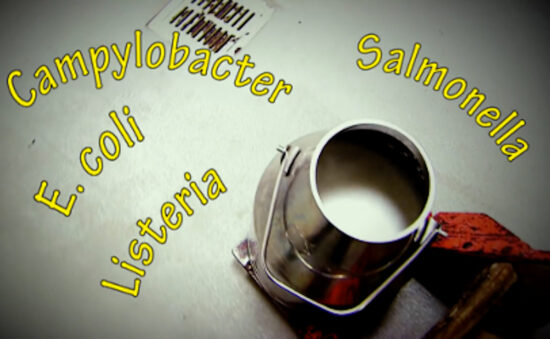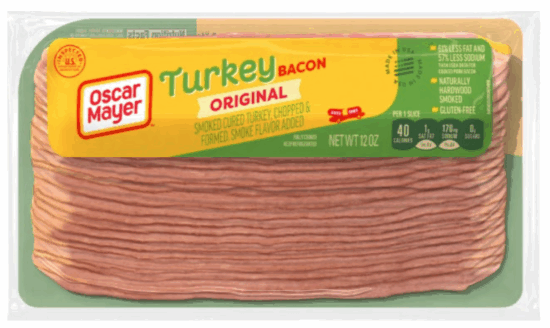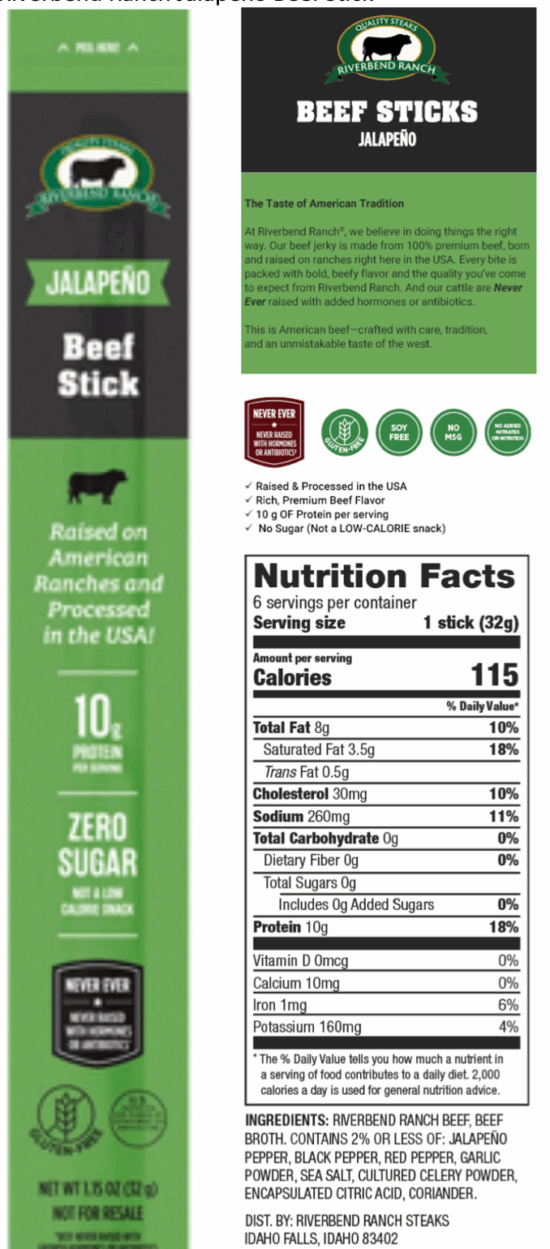The Florida Department of Health is investigating an outbreak of Campylobacter and E. coli infections linked to unpasteurized, raw milk.
As of August. 4 the department was reporting that 21 people had been infected, Seven of the patients have required hospitalization. The sick people live in the central and northeast regions of the state.
The health department has not named the dairy that produced the raw milk.
“Sanitation practices in this farm are of particular concern due to the number of cases,” the health department said in a Monday bulletin.
Of the 21 patients identified so far, severe complications have been reported in at least two. Six of the patients are children younger than 10 years of age.
In Florida, raw milk can only be sold for non-human consumption as pet or animal food, which limits regulation efforts of sanitary practices. Containers must have a label clearly stating that the raw milk is for animal consumption only, according to the state health department.
“Floridians should be aware of potential risks associated with consumption, which may vary depending on the source of milk. The producer’s handling of raw milk and milking procedures are vital in prevention of contamination,” according to the health department.
Raw milk comes directly from animals and doesn’t go through pasteurization to kill bacteria. As such, raw milk can contain campylobacter, E. coli, listeria, salmonella and other bacteria and viruses, which can cause serious illnesses.
Most public health professionals say that raw milk is dangerous for human consumption and particularly warn against giving it to children because their immune systems are not fully developed.
About E. coli infections
Food and beverages contaminated with E. coli do not necessarily look, smell or taste bad.
Anyone who has consumed any raw milk and developed symptoms of E. coli infection should seek medical attention and tell their doctor about their possible exposure to the bacteria. Specific tests are required to diagnose the infections, which can mimic other illnesses.
The symptoms of E. coli infections vary for each person but often include severe stomach cramps and diarrhea, which is often bloody. Some patients may also have a fever. Most patients recover within five to seven days. Others can develop severe or life-threatening symptoms and complications.
About 5 to 10 percent of those diagnosed with E. coli infections develop a potentially life-threatening kidney failure complication, known as a hemolytic uremic syndrome (HUS). Symptoms of HUS include fever, abdominal pain, feeling very tired, decreased frequency of urination, small unexplained bruises or bleeding, and pallor.
Some people with HUS recover within a few weeks, but others suffer permanent injuries or death. This condition can occur among people of any age but is most common in children younger than five years old because of their immature immune systems, older adults because of deteriorating immune systems, and people with compromised immune systems such as cancer patients.
People who experience HUS symptoms should immediately seek emergency medical care. People with HUS will likely be hospitalized because the condition can cause other serious and ongoing problems such as hypertension, chronic kidney disease, brain damage, and neurologic problems.
About campylobacter infections
Food and beverages contaminated with Campylobacter do not look, taste or smell spoiled.
Anyone who has consumed any raw milk and developed symptoms of Campylobacter infection should seek medical attention and tell their health care provider about their possible exposure. Specific tests are required to diagnose Campylobacter infections, which can mimic other illnesses.
Many people recover in a week, but Campylobacter infection can result in long-term consequences, such as arthritis, irritable bowel syndrome (IBS), and Guillain-Barré syndrome (GBS).
(To sign up for a free subscription to Food Safety News, click here)



